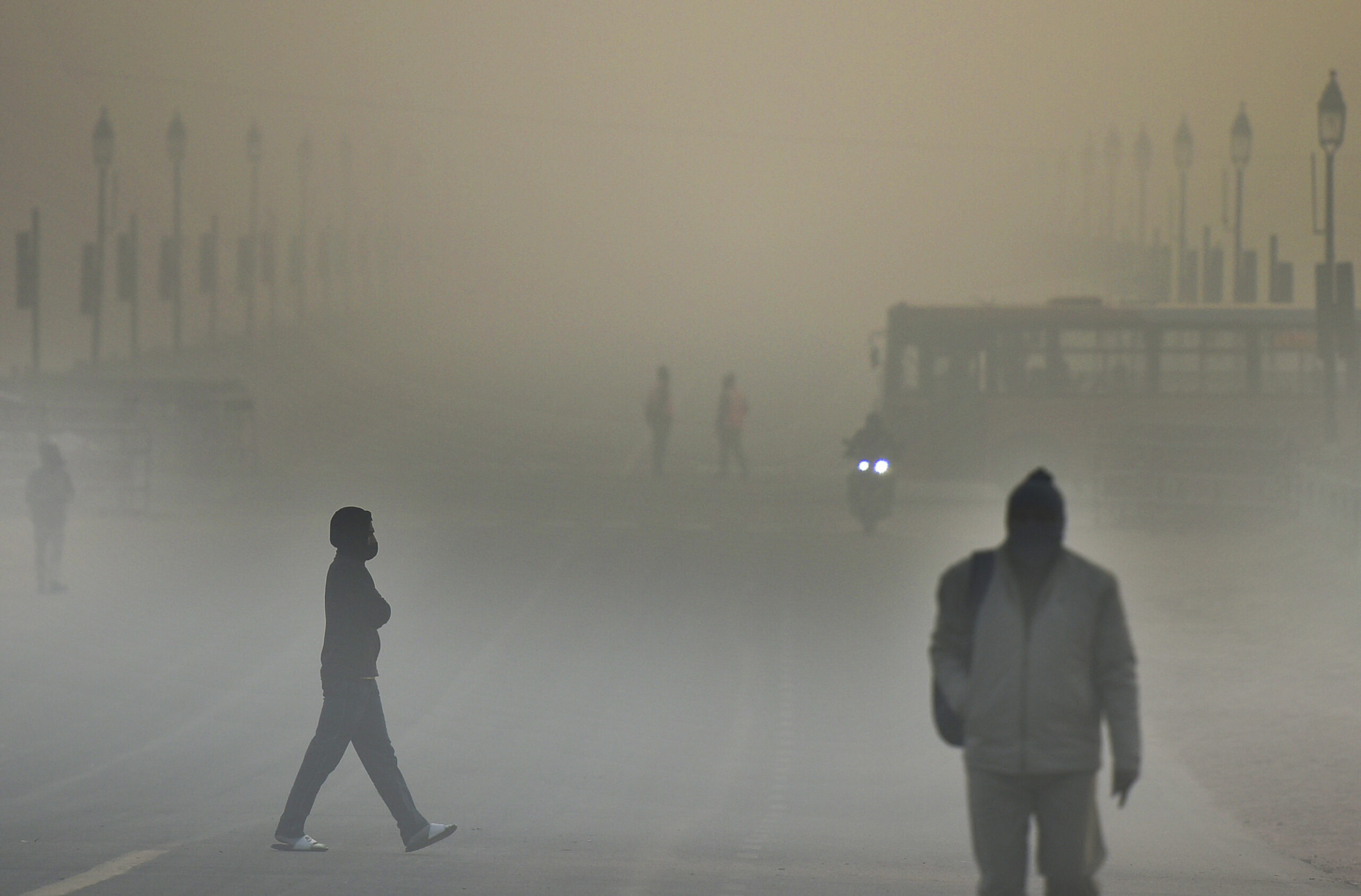
FOGGY DAYS: Due to light winds, dense fog will also be seen over some parts of north
Until January 30, the average maximum temperature in Delhi for this month reached 17.7 degrees Celsius, marking the lowest figure in 13 years, as per official data available until Tuesday. Simultaneously, the average minimum temperature in the national capital during the same period was recorded at 6.2 degrees Celsius, representing the second lowest in 13 years, as indicated by the data.
On Tuesday morning, parts of Delhi were engulfed in fog, and the Safdarjung observatory recorded a minimum temperature of 11.4 degrees Celsius around 9:30 am. The relative humidity at 8:30 am was 100 percent, according to India Meteorological Department (IMD) data.
The maximum temperature on that day settled at 21.4 degrees Celsius, slightly below normal, contrasting with the 22.6 degrees Celsius recorded on Monday.
Later on Tuesday, a senior IMD official shared year-wise data on the average maximum and minimum temperatures in Delhi for January, referencing readings recorded at the Safdarjung observatory—the official marker for the national capital.
The data revealed that the average maximum temperature in Delhi during January 1-30 was 17.7 degrees Celsius, the lowest in 13 years. For the entire month, the maximum and minimum temperatures in January 2012 were 19.7 degrees Celsius and 7.5 degrees, respectively, while in January 2013, they were 19.0 degrees Celsius and 6.1 degrees, respectively.
The lowest average minimum temperature in the national capital for January in the last 13 years was in 2013. For the entire month, the corresponding figures (maximum and minimum temperatures, respectively) in January 2015 were 17.9 degrees Celsius and 8.5 degrees and in January 2022 were 18.0 degrees Celsius and 8.2 degrees.
The weather office has forecast dense fog and light rain or thundershowers, accompanied by gusty winds, at most places on Wednesday. Minimum and maximum temperatures are expected to settle around 10 degrees Celsius and 19 degrees Celsius, respectively.
Weather fluctuations are anticipated to continue until February 3 due to a western disturbance, with further changes expected thereafter, according to a senior official.
This winter in Delhi has been distinct with a higher number of cold days and coldwave days, the official noted.
The Air Quality Index (AQI) recorded at 11 pm on Tuesday fell within the ‘very poor’ category with a reading of 357.
As a reference, an AQI between zero and 50 is considered ‘good’, 51 and 100 ‘satisfactory’, 101 and 200 ‘moderate’, 201 and 300 ‘poor’, 301 and 400 ‘very poor’, and 401 and 500 ‘severe’.
(With PTI inputs)
Rival leagues trigger players’ suspensions and a legal battle in Indian golf, for now
Former Delhi CM Kejriwal criticises Centre, Delhi govt over worsening air pollution, alleges AQI manipulation
Delhi Police raids Nangloi unit producing fake engine oil, seizes over Rs 1 crore worth…
Mukesh Sharma reimagines digital components as living matter in his solo exhibition ‘Decoding Digital DNA’
Nine accused were arrested in coordinated raids as police uncovered organised networks supplying mule bank…
Nearly 1.57 lakh PUC challans issued in two months as Delhi steps up GRAP enforcement…